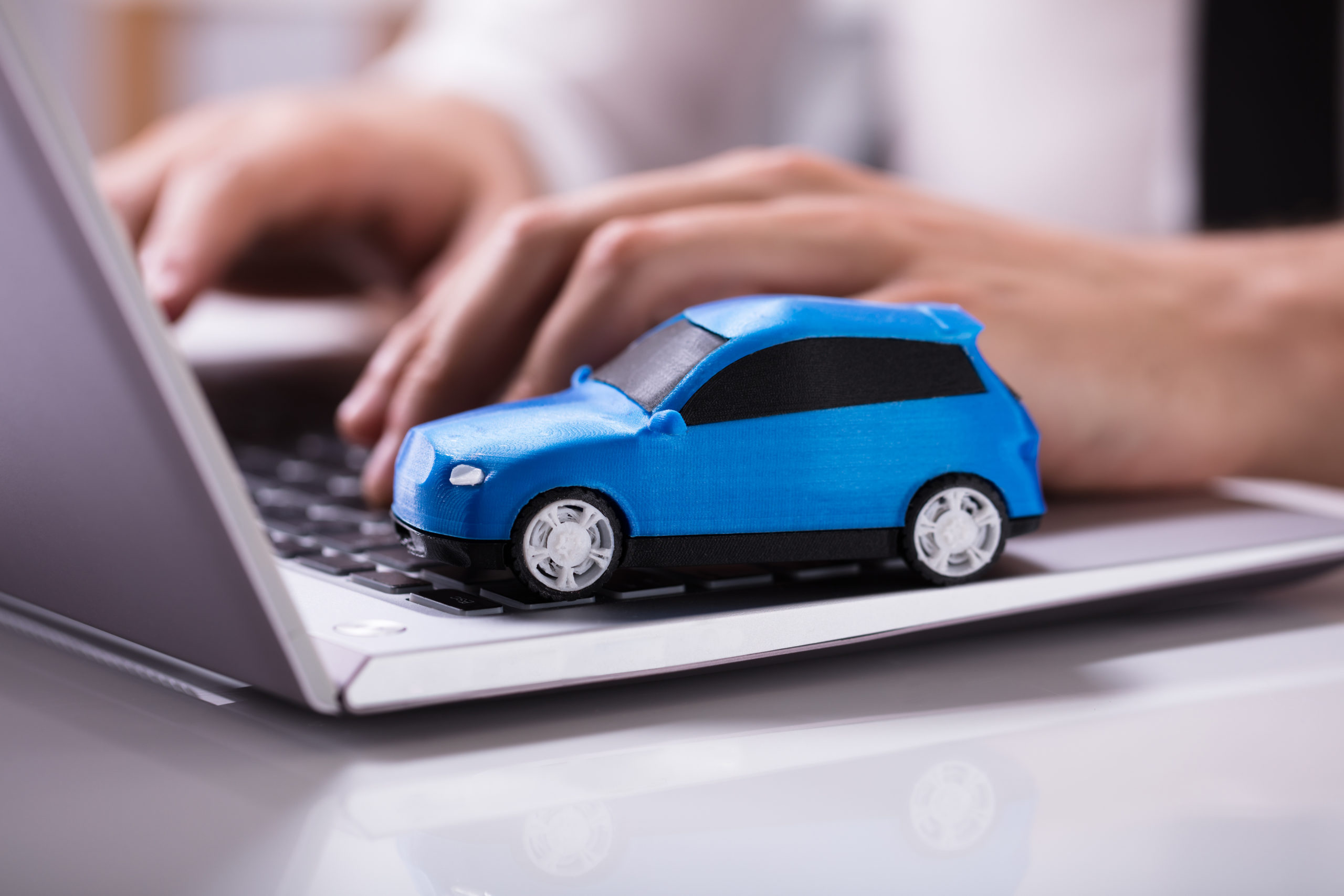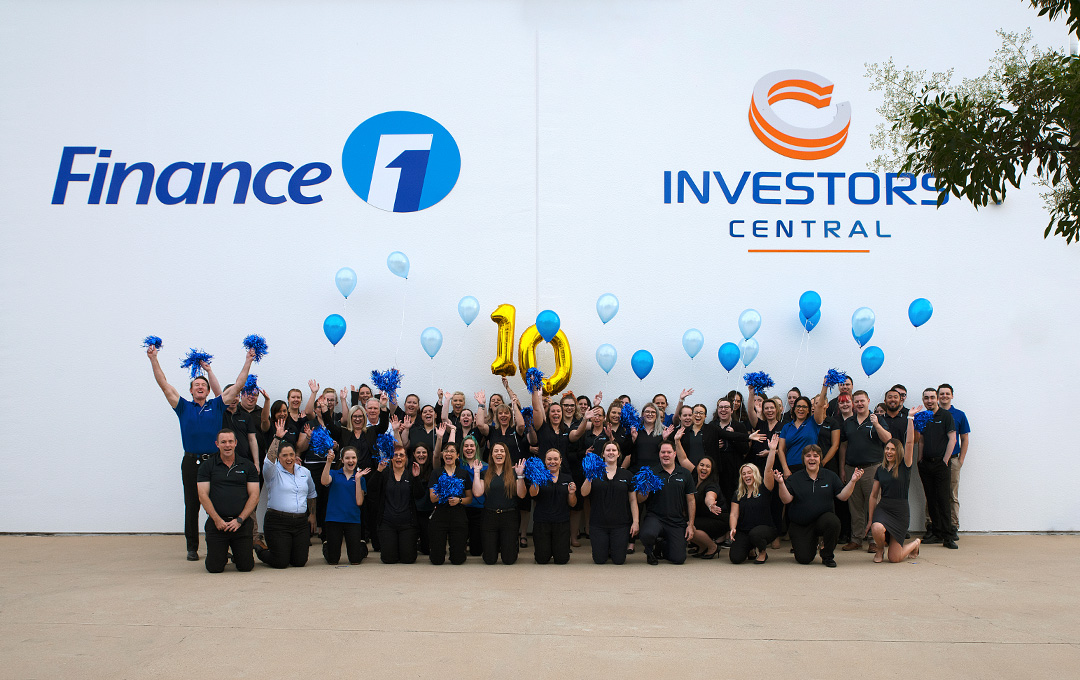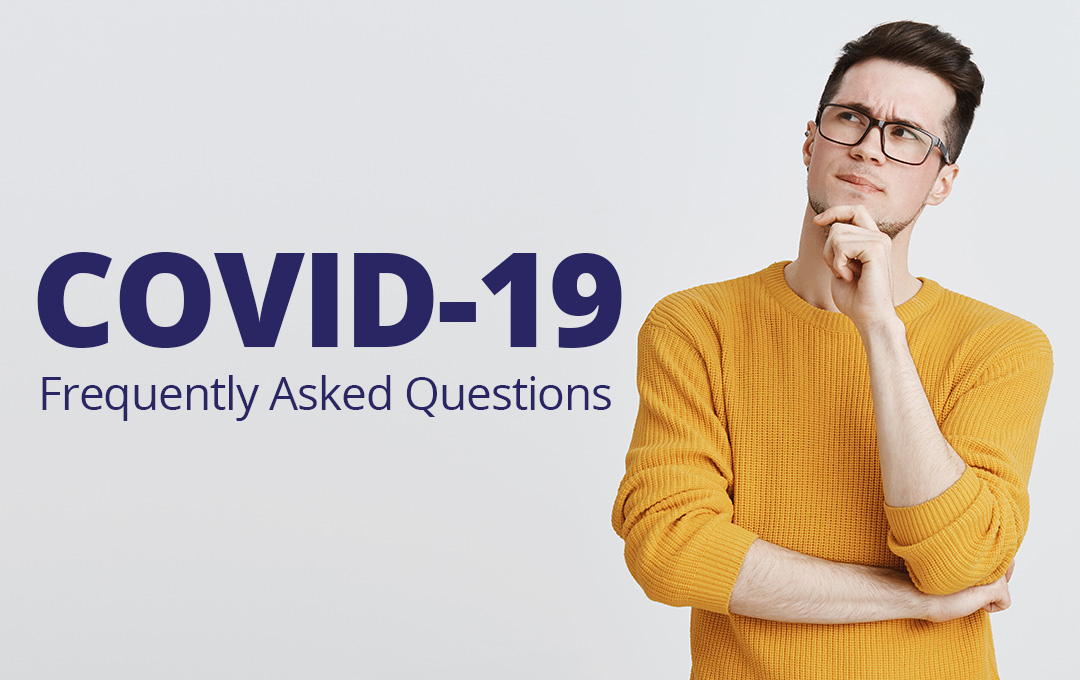Our guide highlights the most important aspects of purchasing a secondhand car so you’ll know exactly what to do when buying a used car privately.
Buying a used car privately is a great way to purchase a vehicle without having to fork out huge amounts of cash for the privilege of driving away in a brand new set of wheels.
There are some quality used cars out there, but how do you spot them among all the lemons for sale?
We take you through the steps of how to buy a secondhand car so you can find yourself a reliable vehicle that won’t fall to pieces the moment you hand over your money.
Finding a car to buy
Once you’ve done some research and asked your mates about the best vehicles around, you’re ready to begin the hunt! Searching online is a really easy way to find a used car. It’s as simple as typing buy a used car into a search engine, and away you go.
Inspecting a used car
You probably aren’t looking to buy a vehicle that’s unsafe or broken down, right? An inspection is vital to avoid purchasing a vehicle that’s going to burn a hole in your pocket.
When inspecting a used car, be sure to check these areas:
- While you can easily replace quality tyres, uneven wear in the tread can be a sign of issues with the suspension or steering.
- Ownership details. Unfortunately, sometimes cars are stolen for resale in Australia. Have a look at the registration details to see that the vehicle identification number (VIN), engine number and number plates are recorded accurately. If the numbers don’t match with what is recorded on the rego papers, you could be dealing with stolen goods.
- Existing debt. If you buy a secondhand car with money owing on it, the vehicle may be listed as security against the loan. While you’re not legally liable for any existing finance, if the loan is not repaid, the vehicle that is listed as security may be repossessed. You can perform a search for a small fee to be sure the vehicle you’re looking at is debt-free.
- Have a look at the underside for signs of any leaks. Pop the bonnet and check the dipstick and coolant. If the oil appears milky or there are signs of oil in the coolant, the engine might have some serious issues.
- Electrical components. Test the electrical features, including windows, mirrors, lights, windscreen wipers, and anything else connected to the electrical system.
- Test drive. When driving, listen out for any rattling or knocking sounds in the engine or body. Ensure the temperature gauge sits at a consistent level. Check that the gears transition smoothly with no slipping of the clutch. Test that the braking is adequate without shuddering or pulling to one side. Keep a lookout for exhaust smoke.
If you aren’t comfortable inspecting the vehicle yourself, you can organise an expert to check it for you through your states motoring association. When you’re happy with the interior, exterior, mechanicals and electricals, then it’s time to purchase the car and drive it home!
Buying a used car
- When it comes time to pay for the car, commonly accepted forms of payment include cash, bank cheque or EFT. If you’re using a car loan, your finance broker will take care of the payment transfer.
- Before driving away, make sure you have insurance organised.
- Registration transfer. Don’t forget to grab the registration paperwork from the seller. The registration transfer paperwork needs to be submitted soon after you’ve made the purchase, so you’re not driving around in a car registered under someone else’s name.
Disclaimer: The information above is of a general nature only and does not consider your personal objectives, financial situation or particular needs. You should consider seeking independent legal, financial, taxation or other advice to check how the information relates to your particular circumstances. We do not accept responsibility for any loss arising from the use of, or reliance on, the information.




